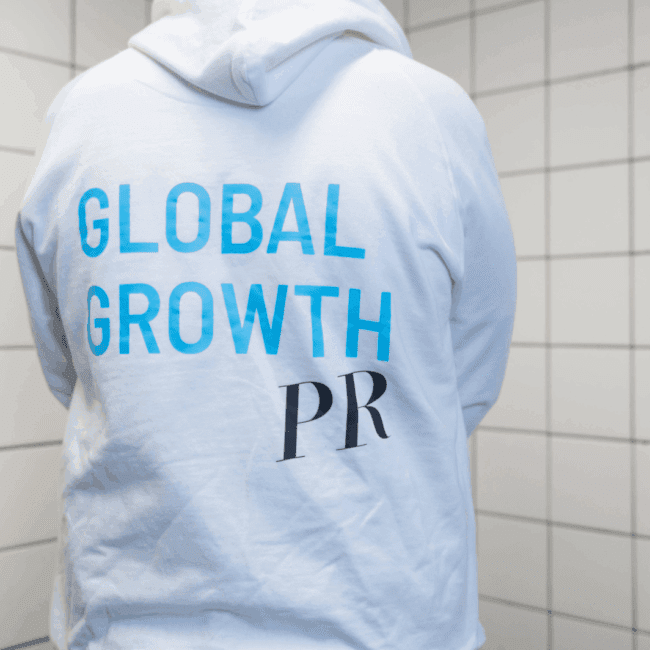“Hey John! What would you say are the most typical mistakes Finnish startups make in PR?”
If comms is a toolbox, then each channel is a tool designed for specific tasks. At San Francisco, we see PR as a tool that builds relationships with the press by matching meaningful stories from inspiring companies with like-minded audiences served by respected journalists.
Aaaaaand yet. PR is a precision tool – don’t break it by using it as a sledgehammer to bash home your ideas. You need to understand PR’s capabilities so you don’t mishandle it. In my experience, these are 5 of the most common mistakes companies make when it comes to PR:
They don’t know what’s interesting to other people
It’s pretty easy to get excited about a project that has taken years to bear fruit, especially if you’ve been heavily involved day-in and day-out. The temptation is to give yourself a metaphorical pat on the back by sharing the good news through a good old-fashioned press release.
Before you do, get outside eyes on your company. Do a little research, reach out to a journalist, find out what stories they’re interested in. At the same time, ask the people who understand your customers best (including your customers!) what they think is important to talk about right now. Often, the thing you wanted to share isn’t what’s interesting to others.
They talk internal achievements – not wider impact
Many PR Newswires contain some variation on the same message – “We did something our board wants us to share with the media so more clients and investors will work with us.” If you really think about it, communicating internal achievements is a bit like telling your friends about how much money you made last month – sure, the figures might be impressive, but how does that info help your friend in any way?
Pair announcements with a clear breakdown of associated wider impacts. If you secure a new accreditation, be sure to explain how you can further improve the lives of the people at the businesses you serve. If that impact is not clear, maybe you should share the news on your blog instead.
They assume everyone has expert-level knowledge
Engineering is a serious business, and engineers rightly want to be taken seriously. Some of the technical breakthroughs I’ve seen during my time working with Finnish growth companies have been truly groundbreaking. Yet attempts to simplify and clarify company messages are often seen as attempts to dumb down and use “selling language.”
If people don’t understand what you do, how you do it, and the impact of what you do, they’ll most likely work with a company whose offering is more clear. Simplified messages are a key part of scaling growth, as they are usually a good indicator that your business knows how to focus on the things that deliver the biggest impact.
They expect the media to work to company deadlines
I’ve often seen funding announcements get less coverage than they deserve because of internal pressure to get the news out ASAP. A press release gets rushed together, fired off to some journalists, then excitement levels dampen when that TechCrunch article fails to come out.
Here’s the truth – the most vital piece of the PR process is the journalist. They are the gatekeeper that either shares your news with their readers, or ignores your emails. They are human beings with work cycles, lifestyles, professional demands and personal interests as unique and varied as your own. Work with them, they’ll work with you.
They only focus on Finnish media
More often than not, many Finnish companies build messaging, comms and PR to directly serve the Finnish market. Then at some point they realise they have to do it all over again – and again – each time they enter a new market. A truly non-scalable process.
International English-speaking media is a decent cheat-code for having a global voice from an early stage. Your story can potentially be read by billions of people, and each story that gets published builds your track record online. If you aren’t yet looking to international media, now’s the time.
Finally…
What we’ve got above is a list of dos and don’t for Finnish companies looking to build relationships with the press based on trust. In return, these journalists will share your story with people who care about what you’re doing. If the correct steps are followed, then the results are often good. If the above mistakes are made, prepare for sub-par performance.
Above all, PR fails when you turn your focus inwards away from the wider world. You’re here to help by creating value for others – show empathy by making it easy for people to understand how you can help solve their problems.
The writer is San Francisco Agency’s Communications Director John Cozzi, or more commonly known as Cozzilla/Don Cozzi. Cozzilla’s expertise includes meaningful story-telling and getting up after being smashed into the turf on the rugby field.



